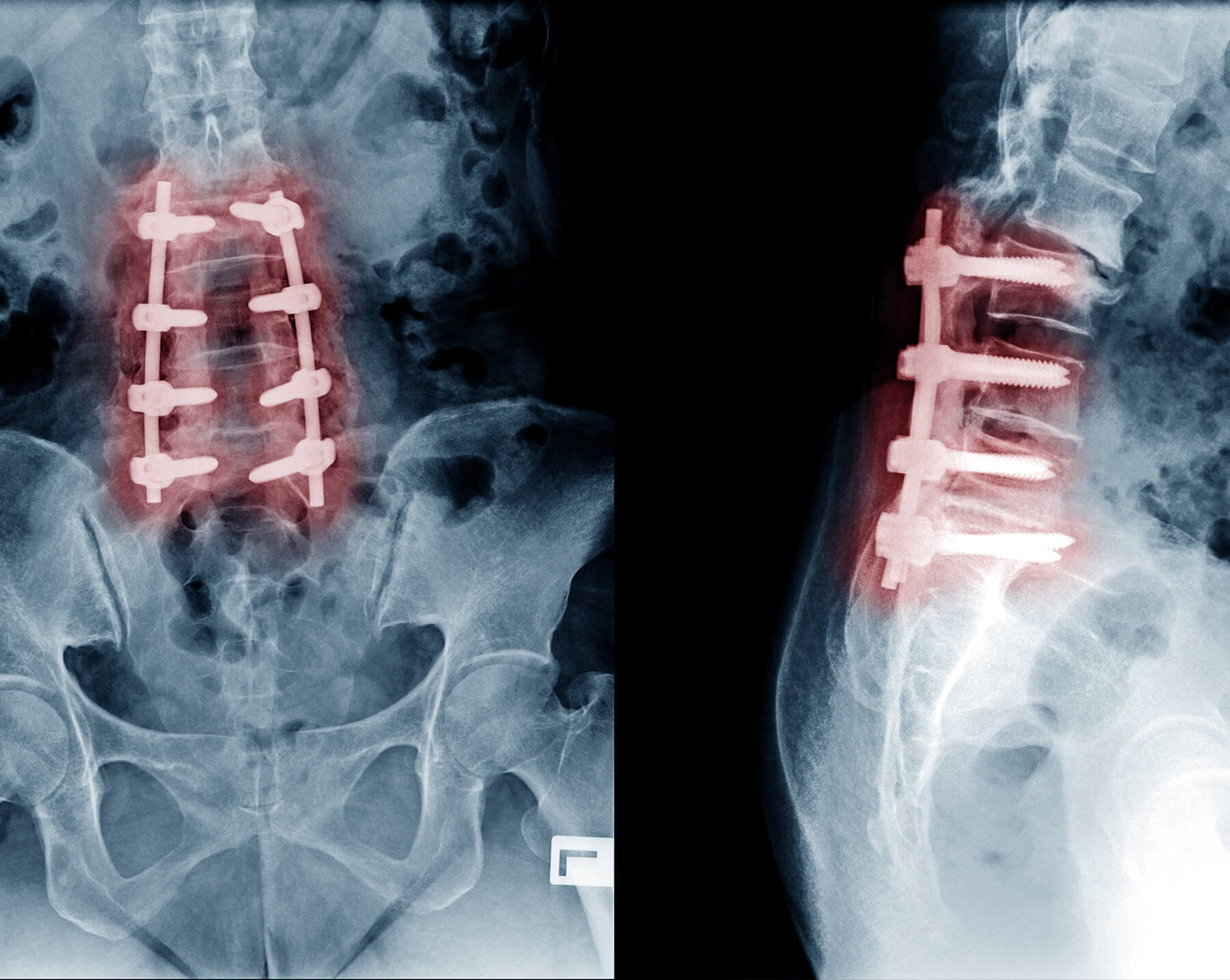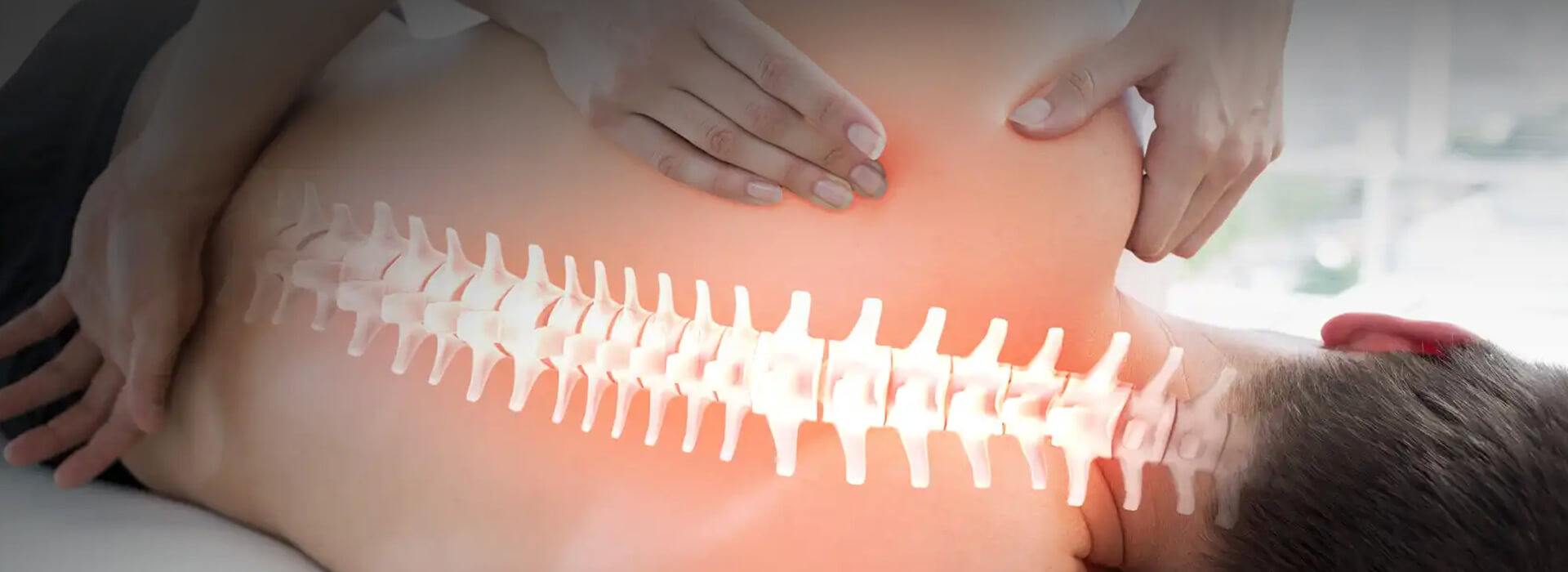

Our ServicesLumbar spine deformity
The human spine is a marvel of engineering, offering both flexibility and strength. Among its regions, the lumbar spine, or lower back, plays a critical role in supporting the body’s weight and facilitating movement. When deformities occur in this region, they can lead to significant discomfort, mobility issues, and a reduced quality of life. In this blog, we explore what lumbar spine deformity is, its causes, symptoms, and treatment options.

What Is Lumbar Spine Deformity?

Lumbar spine deformity refers to abnormal curvatures or misalignments in the lower part of the spine. This condition can affect the normal curve of the lumbar vertebrae, resulting in pain, imbalance, nerve compression, and functional limitations.
There are several types of spinal deformities that can impact the lumbar region:
- Scoliosis – A side-to-side curvature of the spine.
- Kyphosis – An excessive forward curvature, often leading to a hunched posture.
- Lordosis (hyperlordosis) – An exaggerated inward curve of the lumbar spine.
- Flatback syndrome – A loss of the normal lumbar curve, causing a stooped posture.
When conservative  care needs
care needs
a specialist’s touch.
touch.
Causes of Lumbar Spine DeformityLumbar deformities can be congenital (present at birth), degenerative, or traumatic in nature. Common causes include:
Age-related degeneration of spinal discs and joints (Degenerative Disc Disease).
Osteoporosis, leading to vertebral fractures and spinal imbalance.
Post-surgical complications from spinal fusion or laminectomy.
Spinal infections or tumors that weaken bone structures.
Congenital spinal malformations such as hemivertebrae.
Neuromuscular diseases like cerebral palsy or muscular dystrophy.
Symptoms of Lumbar Spine DeformityThe severity of symptoms depends on the type and progression of the deformity. Common symptoms include:
Chronic lower back pain
Limited range of motion
Muscle fatigue and weakness
Sciatica or radiating pain in the legs
Visible changes in posture or alignment
Difficulty standing upright or walking
Numbness or tingling in the lower extremities (in severe cases)
DiagnosisDiagnosis typically involves a combination of:
Physical examination to assess posture, flexibility, and gait.
X-rays to visualize the alignment and curvature of the spine.
MRI or CT scans to check for nerve compression or soft tissue involvement.
Bone density tests in cases of suspected osteoporosis.
Treatment Options
01.
Conservative Management
Mild deformities and early-stage conditions can often be managed without surgery:
- Physical therapy to strengthen back muscles and improve posture.
- Pain management with NSAIDs or muscle relaxants.
- Bracing (especially in younger patients with scoliosis).
- Lifestyle modifications, such as weight loss and ergonomic improvements.
Surgical Intervention
Surgery may be recommended when conservative treatments fail, or if the deformity is severe or progressive. Surgical options include:
- Spinal fusion to stabilize the spine.
- Osteotomy to correct abnormal curvature.
- Decompression to relieve pressure on nerves.
- Instrumentation with rods and screws to maintain alignment.
Surgical outcomes have significantly improved with modern techniques and technologies like minimally invasive surgery and computer-assisted navigation.
Living With Lumbar Spine Deformity
While a lumbar deformity can be challenging, early diagnosis and a personalized treatment plan can help patients regain function and improve their quality of life. Regular follow-ups, physiotherapy, and lifestyle adjustments are key to managing symptoms effectively.
Final Thoughts
Lumbar spine deformity is a complex condition that can arise from a variety of causes. If you or a loved one is experiencing symptoms like persistent back pain, postural changes, or mobility issues, it's important to consult a spine specialist. With the right care, even severe deformities can be managed successfully.

